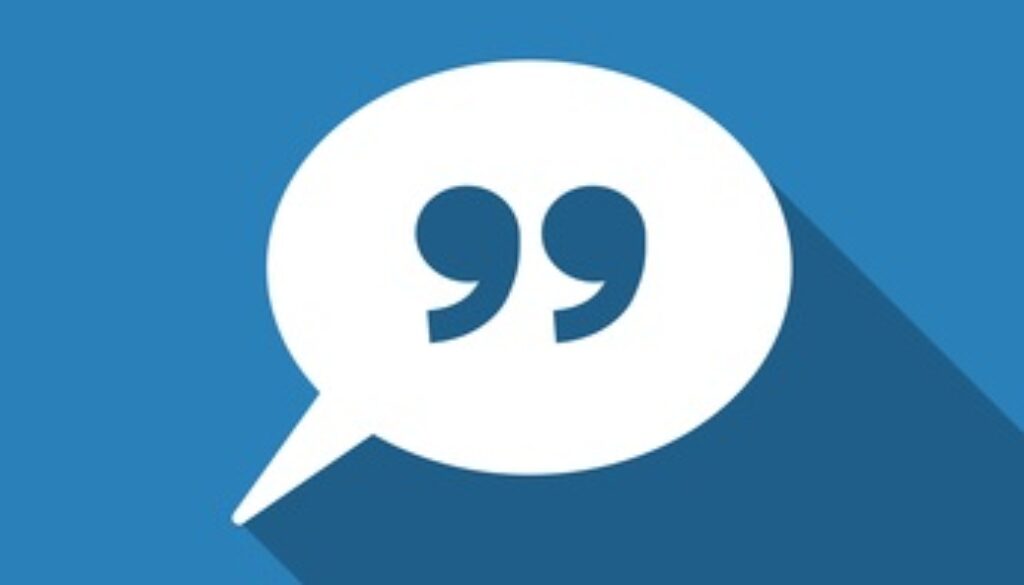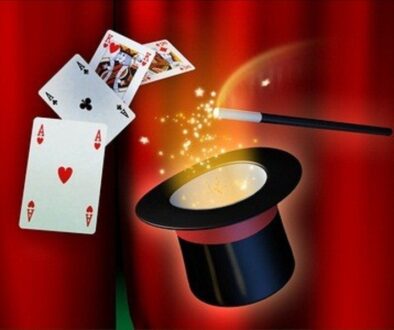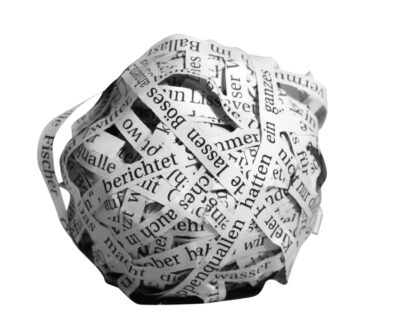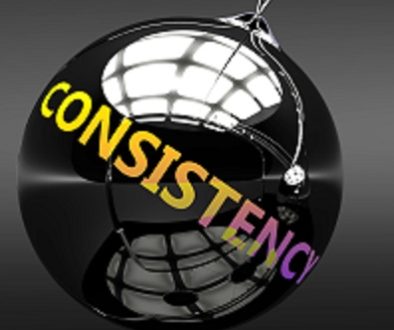A quirky US rule about quotation marks
In US English, full stops go inside quotation marks
Use of quotation marks
We use quotation marks to indicate:
- Written or spoken speech
‘You’re looking well,’ she said.
- Titles of reports, articles and poems
I read an article ‘Where Boards Fall Short’ in the Harvard Business Review.
- Words we wish to emphasise
Did you know that ‘huh’ is a real word?
Whether you use single or double quotation marks is a style choice.
US relationship between quotation marks and full stops
Quotation marks are usually right next to the text being quoted or emphasised. However, this logic does not always occur in US English.
In US English, full stops go inside quotation marks regardless of the logic.
For example, British-influenced writers would write:
When asked what he thought of the new legislation, he said he thought it was ‘unrealistic and unworkable’.
I have just read Emily Dickinson’s poem, ‘Death is like the insect’.
However, US writers would write:
When asked what he thought of the new legislation, he said he thought it was ‘unrealistic and unworkable.’
I have just read Emily Dickinson’s poem, ‘Death is like the insect.’
This rule does not apply to question marks, so British and US English would write:
What did you think of Emily Dickinson’s poem, ‘Death is like the insect’?
How did this US convention arise and will it change?
The website, Guide to Grammar and Writing, says the rationale for the US convention arose in the days when printing used raised bits of metal and the full stops and commas were the most delicate and could break if they had a quotation mark on one side and a blank space on the other. My editor questioned this explanation since the British managed to get around the problem.
Can you explain how this convention arose?
Although a case can be made for the US adopting the more logical British style, the impetus for change appears lacking.



